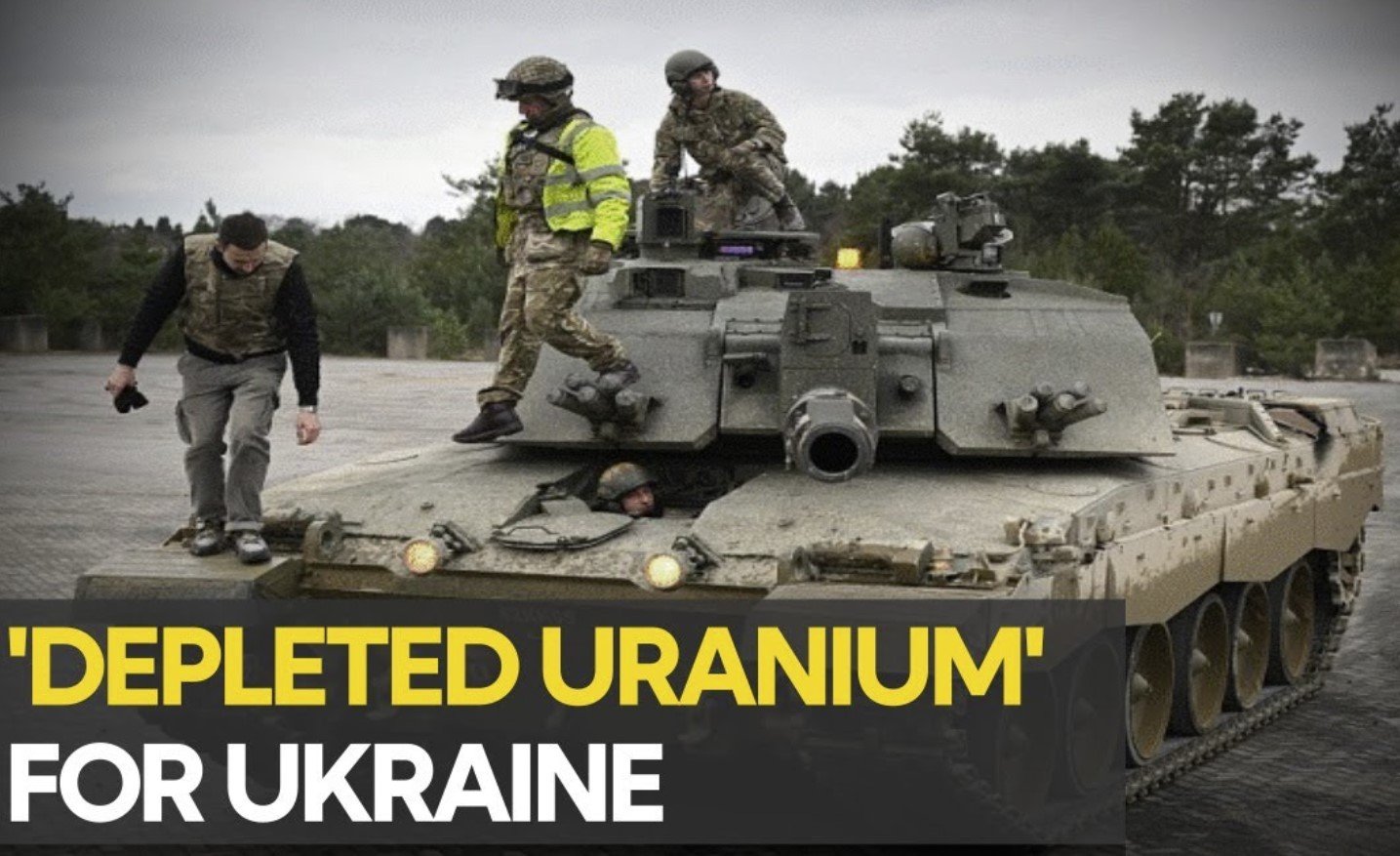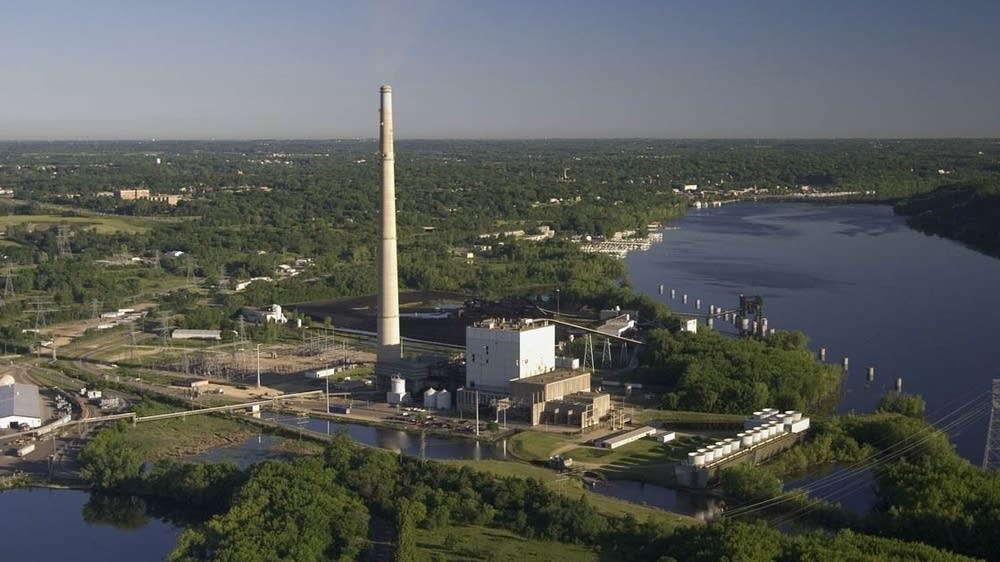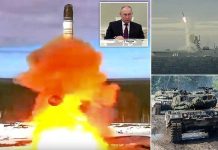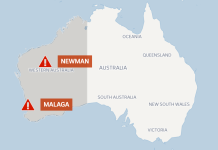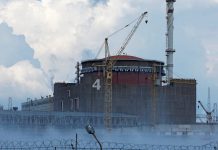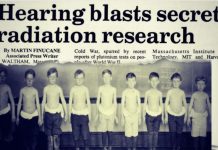The nuclear meltdowns that rocked the Ukraine in 1986 and Japan in 2011 released radiation. Their impacts were far-reaching and long-lasting. But how do the circumstances of Chernobyl and Fukushima compare to each other, and which event caused more damage?
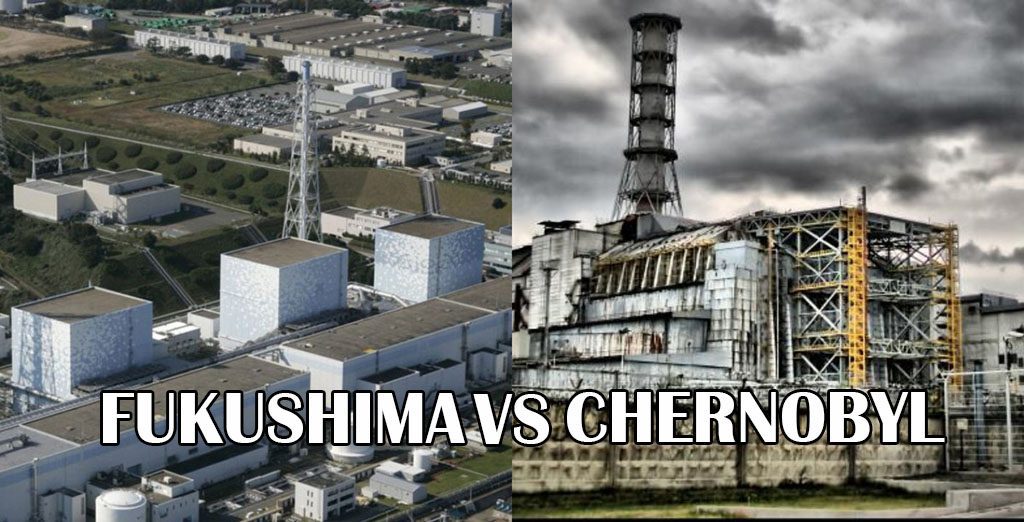
Only one reactor exploded at Chernobyl, while three reactors experienced meltdowns at Fukushima. Yet the accident at Chernobyl was far more dangerous, as damage to the reactor core unspooled very rapidly and violently, said Edwin Lyman, a senior scientist and acting director for the Union of Concerned Scientists Nuclear Safety Project.
“As a result, more fission products were released from the single Chernobyl core,” Lyman told Live Science. “At Fukushima the cores overheated and melted but did not experience violent dispersal, so a much smaller amount of plutonium was released.“
In both accidents, radioactive iodine-131 posed the most immediate threat, but with a half-life of eight days, meaning half of the radioactive material decayed within that time, its effects soon dissipated. In both meltdowns, the long-term hazards arose primarily from strontium-90 and cesium-137, radioactive isotopes with half-lives of 30 years.

And Chernobyl released far more cesium-137 than Fukushima did, according to Lyman.
“About 25 petabecquerels (PBq) of cesium-137 was released to the environment from the three damaged Fukushima reactors, compared to an estimate of 85 PBq for Chernobyl,” he said. PBq is a unit for measuring radioactivity that shows the decay of nuclei per second.
What’s more, Chernobyl’s raging inferno created a towering plume of radioactivity that dispersed more widely than the radioactivity released by Fukushima, Lyman added.
Sickness, cancer and death
At Chernobyl, two plant workers were killed by the initial explosion and 29 more workers died from radiation poisoning over the next three months, Time reported in 2018. Many of those who died had knowingly exposed themselves to deadly radiation as they worked to secure the plant and prevent further leaks. Government officials relocated an estimated 200,000 people from the region, according to the International Atomic Energy Agency.
In the years that followed, cancers in children skyrocketed in the Ukraine, up by more than 90%, according to Time. A report issued by United Nations agencies in 2005 approximated that 4,000 people could eventually die of radiation exposure from Chernobyl. Greenpeace International estimated, in 2006, that the number of fatalities in the Ukraine, Russia and Belarus could be as high as 93,000 people, with 270,000 people in those countries developing cancers who otherwise would not have done so.

At Fukushima, there were no deaths or cases of radiation sickness directly associated with the accident — neither workers nor members of the public, according to the World Health Organization (WHO).
However, Japan’s aggressive disaster response, which relocated 100,000 people from their homes near Fukushima, is thought to have indirectly caused around 1,000 deaths, most of which were people age 66 years or more, the World Nuclear Association reported.
No-go zones
Japanese authorities created a no-go zone around Fukushima that extended for 12 miles (20 kilometers); the damaged reactors were permanently closed, while cleanup efforts continued.
The extent of Fukushima’s environmental impact is still unknown, though there is already some evidence that genetic mutations are on the rise in butterflies from the Fukushima area, producing deformations in their wings, legs and eyes. [See Photos of Fukushima’s Deformed Butterflies]
Radiation from contaminated water that escaped Fukushima reached North America’s western coast in 2014, but experts said that contamination was too low to pose a threat to human health. And in 2018, researchers reported that wines produced in California after the Fukushima accident had elevated levels of radioactive cesium-137, but the California Department of Public Health declared that the wines were not dangerous to consume.

Chernobyl’s exclusion zone encompassed an area 18 miles (30 km) around the ruins of the plant, and the towns within its boundaries remain abandoned to this day. Trees in nearby forests turned red and died soon after the explosion. But decades later, diverse wildlife communities appear to be thriving in the zone, in the absence of human inhabitants.
By 2010, the Ukrainian government determined that danger from radiation exposure in the area around Chernobyl was “negligible,” and the exclusion zone would be widely opened to tourists by the following year (though living in the area is still prohibited). But people who visit certain locations more than once will be supplied with handheld dosimeters to check their radiation exposure, so the visits are not without risk, Live Science previously reported.
What’s more, radiation levels around Chernobyl can vary widely. Aerial drone surveys revealed in May that radiation in Ukraine’s Red Forest was concentrated in previously unknown “hotspots,” which scientists outlined in the region’s most accurate radiation maps to date.
The Fukushima nuclear power plant is still open and active (though the reactors that exploded remain closed); nonetheless, ongoing concerns about safety linger. The Tokyo Electric Power Company (TEPCO) recently announced that it would not hire foreign workers coming to Japan under newly relaxed immigration rules; TEPCO representatives cited concerns about the ability of non-native Japanese speakers to follow the plant’s highly detailed safety instructions, The Japan Times reported yesterday (May 23).
In the end, both disasters provided important lessons for the world on the inherent risks of using nuclear energy, Lyman told Live Science.
“No one should underestimate the challenges needed to ensure nuclear power is safe enough for it to play a major role in the world’s energy future,” he said. “The key for regulators and operators is to always prepare for the unexpected.“



